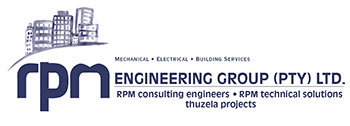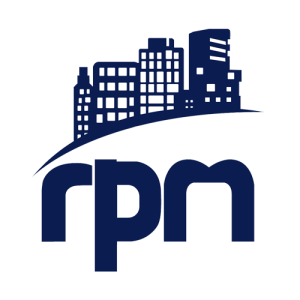To address my scepticism over using VRF/VRV systems in high-rise buildings, I recently set forth to China to see a real high-rise VRF installation at first hand.
Most major manufacturers of unitary equipment are now offering variable refrigerant flow (VRF) systems (or variable refrigerant volume [VRV], depending on the manufacturer) to complement their existing range, which is no doubt good news for the industry as a whole.
From a slow start, it is fair to say that the (VRF) concept is now gaining considerable momentum in southern Africa, partly given the current economic climate and energy issues besetting the region.
Let me state from the outset that in my own humble opinion, the VRF concept represents the most technically advanced industry development to date — and there have been many exceptional developments over the years. Think of DDC control systems, electronic expansion valves, screw compressors, plate heat exchangers, new refrigerants, VAV diffusers, variable speed drives, and inverter technology. The list goes on.
The applications of VRF are varied, flexible and far-reaching, affording the mechanical engineer significant options when considering a suitable air conditioning design concept for a building.
In saying that, however, it should not be viewed as the answer to every conceivable air-conditioning solution.
<a href=”http://www.hvacronline.co.za/index.php/air-conditioning/1701-vrf-concept-for-high-rise-buildings” target=”_blank”>See full article on HVACONLINE</a>




